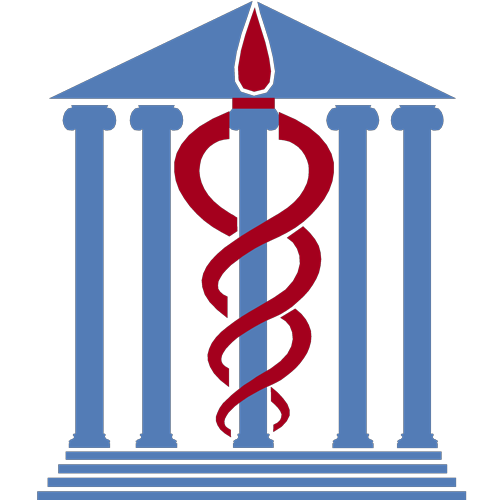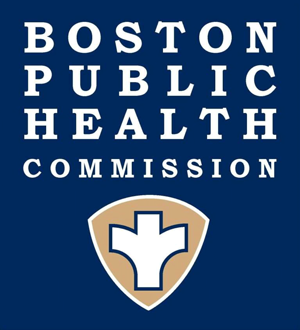Public Resources
Public Resources
Special circumstances
There are several special circumstances that healthcare facilities should prepare for:
 | A. Non-ambulatory victims Hospital stretchers are typically not designed for out-of facility use and are likely to be in short supply in a mass contamination situation. Therefore, long boards are suggested for use with non-ambulatory victims. These boards can be propped on plastic sawhorses or moved along on rolling racks specifically designed for this purpose. B. Language barriers Use signage to direct victims with whom you cannot communicate with. Languages may be displayed on charts with pictograms to prompt the victims’ help. Another option is to train interpreters to assist with decontamination. |
C. Service animals
Service animals should not be separated from their handlers unless this presents a hazard for staff or other victims. Special techniques are used for decontaminating animals. More information may be found from a presentation from the American Veterinary Medical Association (AVMA).
D. Children
In typical settings parents may educate their children to be suspicious of strangers. Though this protects children from harmful intentions by strangers, this advice is in direct conflict with medical staff, who are strangers, performing decontamination procedures. Wherever possible, keep children together with parents, teachers or other responsible caregivers. This will help to alleviate tension, fear and reassure children.
« Previous | Topic Home | Next »

